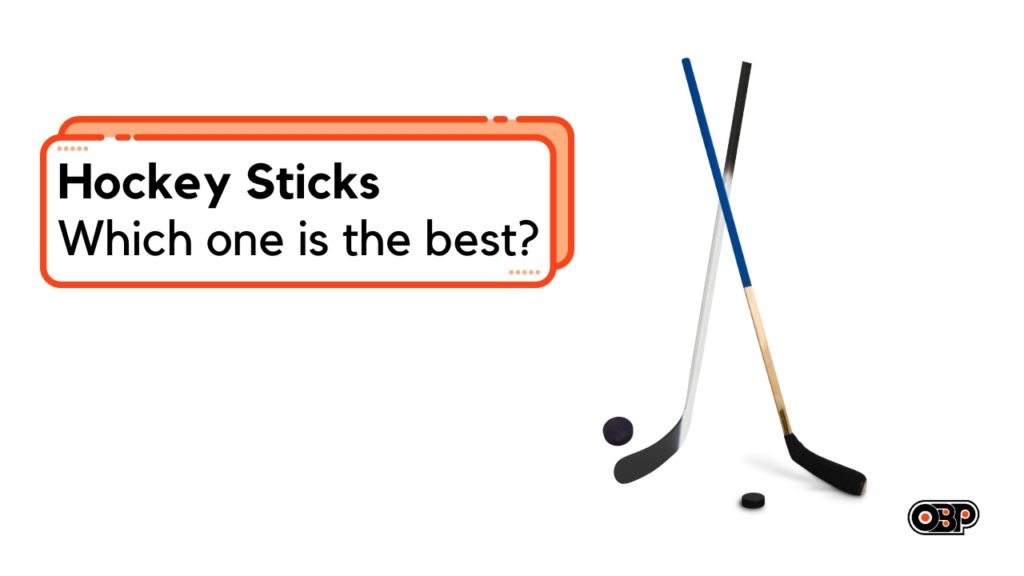
Are you a hockey player searching for the perfect hockey stick to improve your performance? A good hockey stick can greatly affect a player’s shot accuracy, power, and overall performance on the ice.
This guide will cover everything you need to know about the best hockey sticks. From materials and blade curves to choosing the right length and flex, I’ve got you covered.
Table of Contents
ToggleBefore I dive into the specifics, let’s talk about why choosing the right hockey stick is so important. Your stick is an extension of your body on the ice. It affects your passing, shooting, and stickhandling abilities.
A poorly fitting or inappropriate stick can lead to missed passes, inaccurate shots, and a lack of control on the ice. Choosing the right hockey stick can greatly improve your game and help you become a better player.

The material of sticks greatly affects its performance. There are three main materials to choose from for the best hockey sticks:
The length of your stick should be based on your height. Most hockey players choose a stick that comes up to their chin while wearing skates. However, some players prefer a longer or shorter stick, depending on their position and playing style.
Wood sticks are less expensive but heavier, while composite sticks are lighter and more durable. The length of your stick should be decided by your height and playing style, with taller players needing longer sticks and shorter players needing shorter sticks.
The flexibility of your stick also affects your game. Stiffer sticks offer more control, while more flexible sticks offer more power. The curve of your blade should be chosen based on your position and playing style. A deeper curve provides more power, while a flatter curve offers more accuracy.
To care for your stick, avoid exposing it to extreme temperatures and keep it clean and dry after each use. Store it in a cool, dry place and avoid over-taping it, which can add unnecessary weight. With the right stick and proper care, you can improve your game and take your skills to the next level.
I discuss in-depth about the types of sticks, the right material to choose etc., in another blog. Check it out.
Good choice of hockey sticks can improve your game and help you become a better player. Consider the materials, blade curve, length, and flex when choosing a new hockey stick. And remember to take good care of your ice hockey stick to make it last as long as possible.
Happy playing!
Well, it depends on how often you play and how well you take care of it. On average, a hockey stick lasts 6-8 months for players who play several times weekly. However, if you take good care of your stick and don’t play as often, it could last much longer.
Share:
OrangeandBlackPack.com is a participant in the Amazon Services LLC Associates Program, an affiliate advertising program designed to provide a means for sites to earn advertising fees by advertising and linking to awin, amazon.com and affiliated websites. Amazon, the Amazon logo, AmazonSupply, and the AmazonSupply logo are trademarks of Amazon.com, Inc. or its affiliates.
Address: 2430 N 20th St, Philadelphia, PA 19132, USA
© 2024 Orange and Black Pack